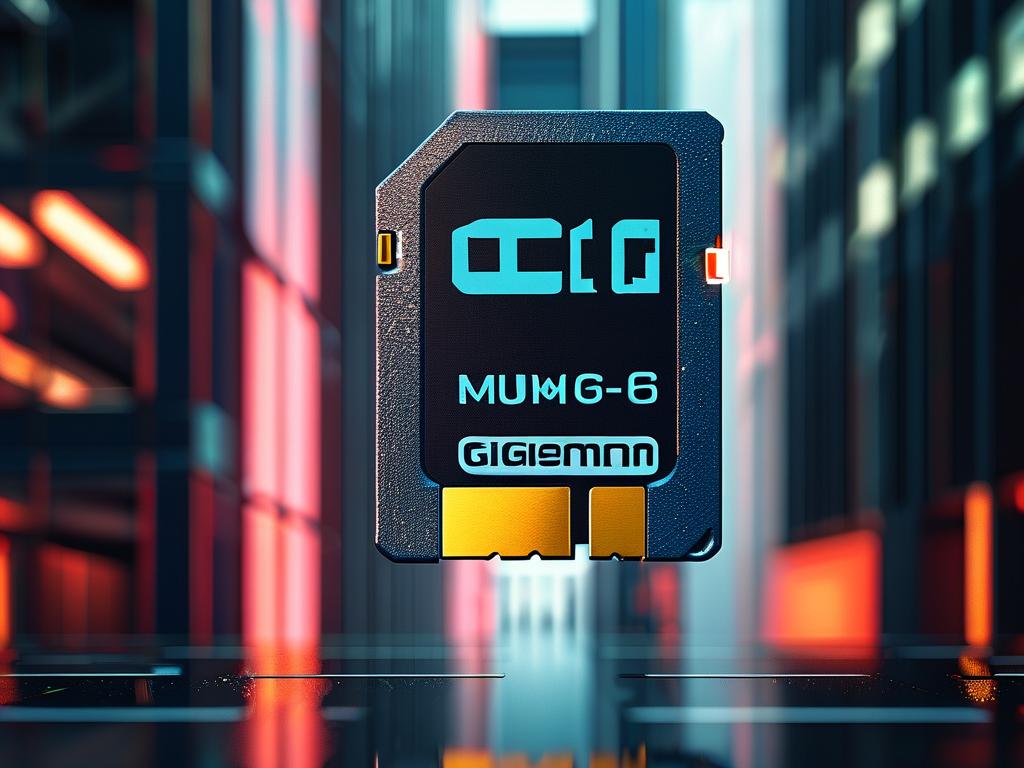In today’s era of high-resolution smartphone cameras, managing storage space has become a critical challenge for photography enthusiasts. Whether you’re capturing memories on vacation or documenting daily life, running out of storage at the wrong moment can be frustrating. This guide explores practical strategies to optimize your device’s memory while maintaining photo quality and accessibility.

One often overlooked method is selective deletion. Instead of mass-deleting photos, take time to review and remove duplicates or poorly framed shots. Apps like Google Photos or Apple’s Recently Deleted folder make it easy to recover accidental deletions, but disciplined curation frees up significant space. For instance, a single 12MP photo occupies approximately 3-5MB, meaning deleting just 200 unnecessary images can recover nearly 1GB of storage.
Another powerful approach is cloud integration. Services like iCloud, Google Drive, or Amazon Photos offer automated backup solutions that sync images across devices. Enable “optimize storage” settings (available on iOS and Android) to keep smaller-resolution versions on your device while storing originals in the cloud. This hybrid method ensures quick access to photos without hogging local memory.
File format adjustments also play a role. Most smartphones default to JPEG, but switching to HEIF/HEIC formats (High Efficiency Image Format) can reduce file sizes by up to 50% with minimal quality loss. Pro tip: When editing photos, avoid saving multiple versions. Use non-destructive editing tools like Adobe Lightroom Mobile, which preserves originals while storing edits as metadata.
For long-term storage, consider external hardware. Portable SSDs or dual-drive USB devices provide physical backups for cherished memories. Brands like SanDisk and Samsung offer compact 1TB drives smaller than a car key, ideal for travelers. Schedule quarterly transfers to archive older photos and create a “digital declutter” routine.
App management is equally crucial. Social media platforms like Instagram and TikTok automatically cache images and videos. Clear these caches monthly through your device’s storage settings. Similarly, messaging apps (WhatsApp, Telegram) accumulate media in group chats—disable “auto-download” features and manually save only essential content.
Lastly, leverage AI-powered tools. Apps like Gemini Photos (iOS) or Files by Google (Android) analyze storage patterns and suggest optimizations. They identify blurry shots, screenshots, and large video files for targeted cleanup. For advanced users, scripting shortcuts (iOS Shortcuts or Android Tasker) can automate backup tasks—for example, moving all photos older than 30 days to cloud storage every Sunday at midnight.
Balancing storage efficiency with photographic freedom requires ongoing attention. By combining smart deletion habits, cloud solutions, and hardware backups, you can ensure your device remains ready for every photo opportunity. Remember: Storage management isn’t about having limitless space—it’s about creating a sustainable system that aligns with your creative workflow.









